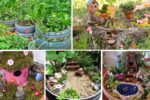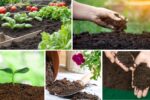As urban living becomes increasingly compact, the desire to reconnect with nature hasn’t waned—instead, it has transformed. One of the most effective solutions for limited space is container gardening, especially on balconies. Whether you’re growing vegetables, herbs, or decorative plants, a well-planned balcony garden can be a lush oasis in the sky, offering relaxation, sustainability, and beauty.
This article delves into the step-by-step process of setting up a container garden on a balcony, covering everything from planning and plant selection to maintenance and harvesting.
1. Assess Your Balcony Space
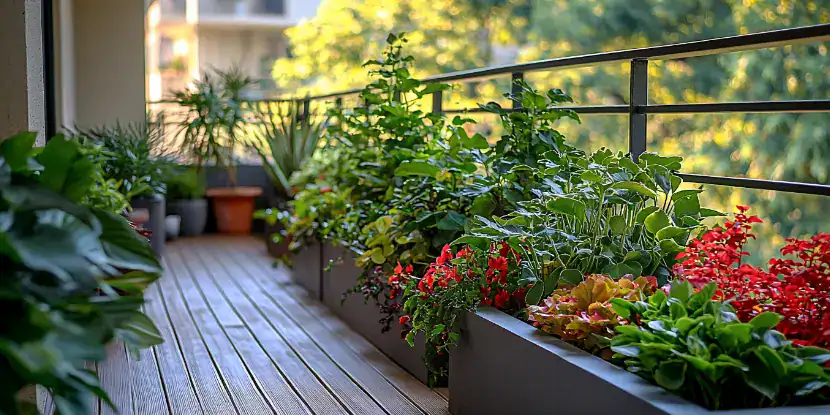
Before buying pots or plants, assess the following:
a. Sunlight
- Full sun (6–8 hours/day): Ideal for tomatoes, peppers, basil.
- Partial sun (3–6 hours/day): Good for lettuces, mint, chard.
- Shaded (under 3 hours/day): Great for ferns, snake plants, or pothos.
Use a sunlight tracker app or observe throughout the day to note sunny and shady hours.
b. Weight Capacity
Containers filled with soil and water are heavy. Check with your building management for balcony load limits, especially if using large pots or raised beds.
c. Wind and Weather Exposure
Higher floors tend to be windier. Protect fragile plants using windbreaks (like trellises or netting), and consider cold-hardy species if your climate has a long winter.
2. Choose the Right Containers
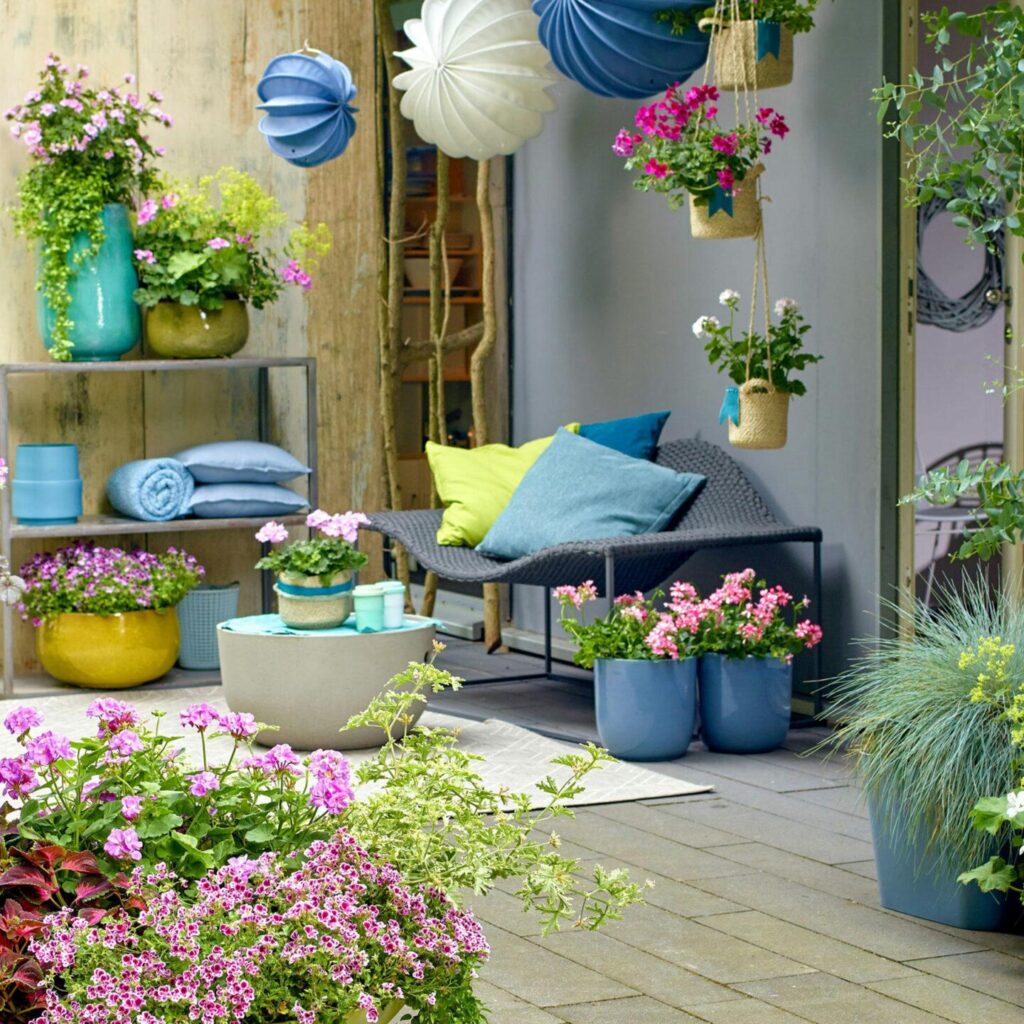
Container selection affects root development, water retention, and aesthetics. Options include:
a. Plastic Pots
Lightweight, inexpensive, but may not insulate well against temperature changes.
b. Terracotta or Clay Pots
Porous, aesthetically pleasing, but heavier and prone to drying out.
c. Fabric Grow Bags
Excellent drainage and portability. Ideal for root vegetables and quick harvests.
d. Self-Watering Planters
These are perfect for beginners and busy individuals, as they regulate moisture automatically.
Make sure containers have adequate drainage holes to prevent root rot.
3. Select Suitable Soil and Fertilizer
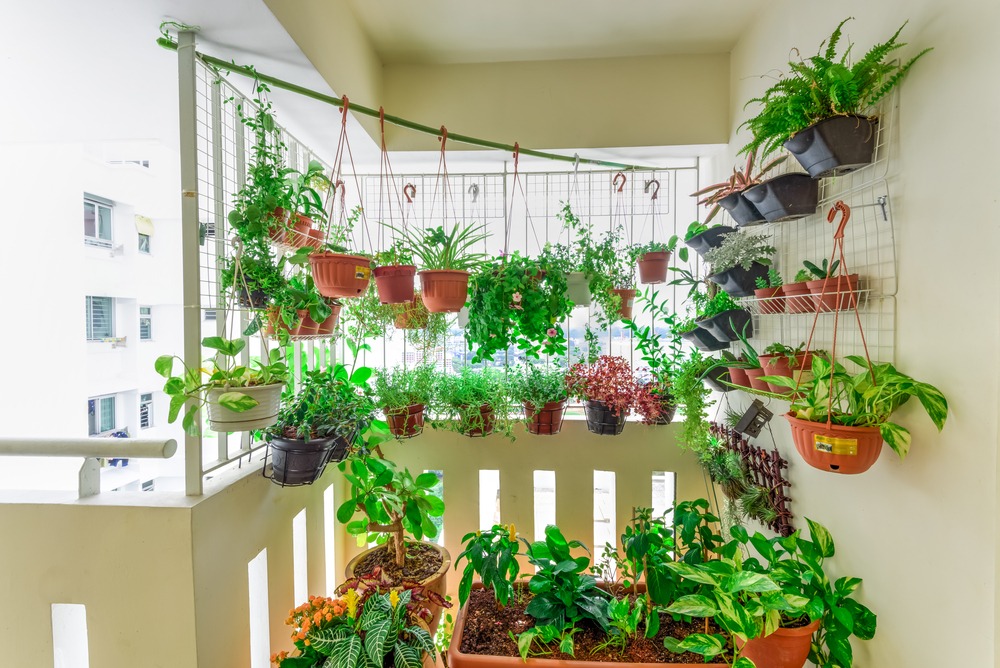
Avoid using garden soil as it can be heavy and may contain pests.
a. Potting Mix
Choose a well-draining, light potting mix formulated for containers. Add organic matter like compost or coconut coir for better water retention.
b. Fertilizer
Container plants need regular feeding. Use:
- Slow-release granular fertilizers for long-term nourishment.
- Liquid fertilizers every 2–4 weeks for leafy growth or flowering.
Organic options like worm castings, fish emulsion, or compost tea are eco-friendly and effective.
4. Pick the Right Plants
Choose plants that suit your climate, space, and lifestyle.
a. Vegetables
- Tomatoes: Need full sun and large containers.
- Lettuce and spinach: Grow quickly and do well in partial sun.
- Peppers and eggplants: Thrive in hot, sunny balconies.
b. Herbs
- Basil, rosemary, thyme: Require full sun and frequent pruning.
- Mint, parsley, cilantro: Tolerate shade and can be grown in small pots.
c. Flowers
- Marigolds, petunias, zinnias: Bring color and deter pests.
- Begonias and impatiens: Prefer partial to full shade.
d. Fruits
- Strawberries: Easy and productive in hanging baskets.
- Dwarf citrus trees: Require larger pots but can thrive with proper care.
5. Vertical and Hanging Solutions
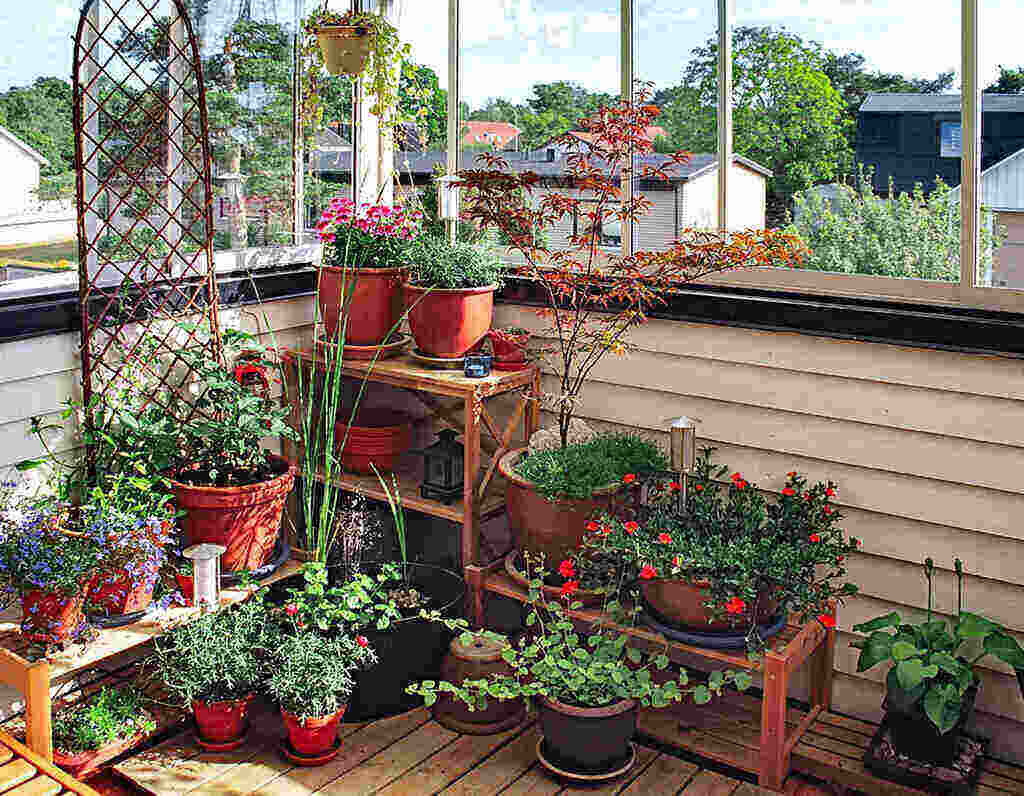
Maximize small spaces with vertical gardening techniques:
a. Wall Planters
Mounted containers or pockets for herbs, succulents, and flowers.
b. Vertical Stands or Racks
Multi-tiered systems help stack pots upward instead of outward.
c. Hanging Baskets
Perfect for trailing plants like nasturtiums, strawberries, or English ivy.
d. Trellises
Support climbing vegetables like beans, peas, or cucumbers.
6. Create a Smart Watering System
Watering is critical in container gardening. Options include:
a. Manual Watering
Use a watering can with a narrow spout. Water in the early morning or late evening to reduce evaporation.
b. Drip Irrigation
Automated systems are ideal for consistent moisture and larger setups.
c. Self-Watering Planters
Contain a reservoir at the bottom, minimizing overwatering risks.
Tip: Group plants with similar water needs together to simplify care.
7. Address Common Balcony Gardening Challenges
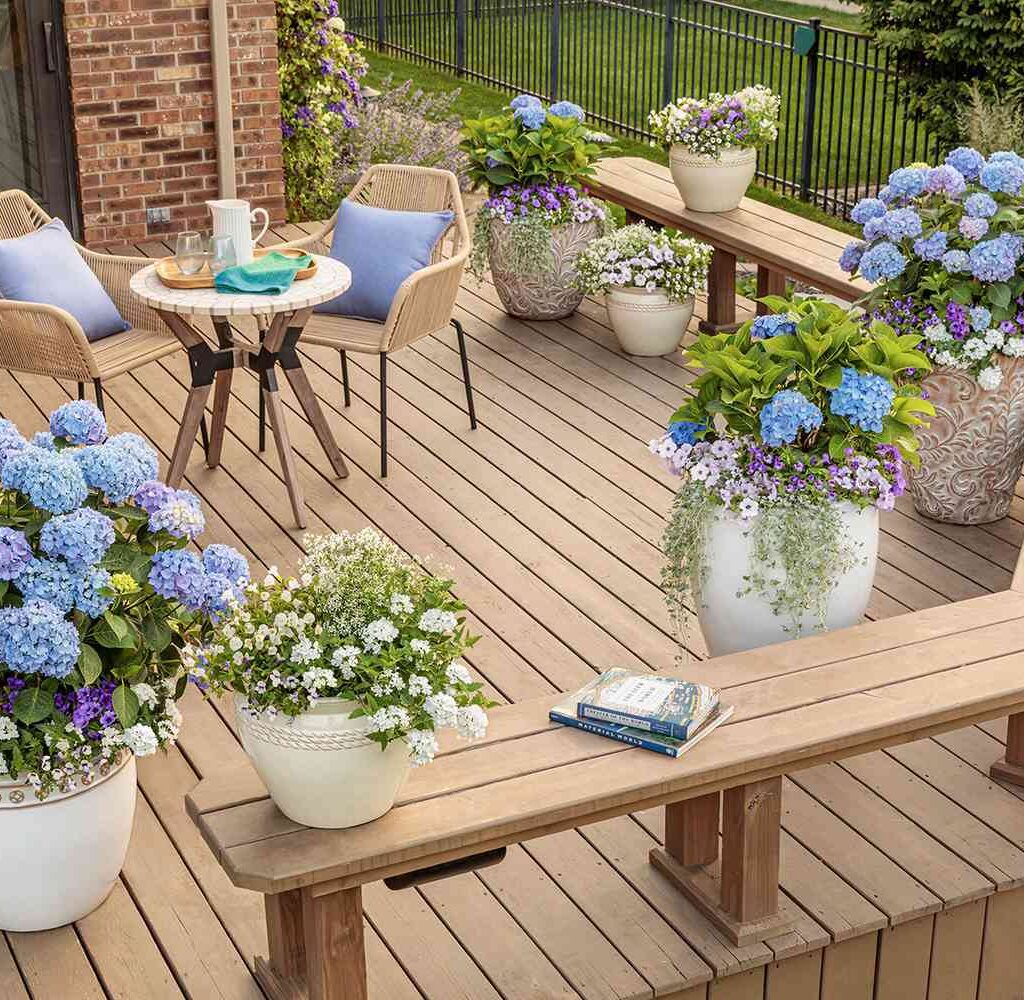
a. Pests
Aphids, spider mites, and whiteflies can affect container gardens. Use neem oil, insecticidal soap, or companion planting (e.g., basil with tomatoes) to deter pests.
b. Overwatering/Underwatering
Check moisture by feeling the soil or using a moisture meter. Yellowing leaves can indicate excess water; wilting may suggest too little.
c. Nutrient Deficiencies
Slow growth or pale leaves may indicate a need for fertilization. Stick to a feeding schedule.
d. Space Constraints
Use vertical gardening, rail planters, and hanging pots to make the most of the available area.
8. Design Your Balcony for Comfort and Style
Make your container garden a place you enjoy:
a. Aesthetic Layout
Use color-coordinated pots, plant stands, and a mix of heights and textures.
b. Furniture
Compact folding chairs or benches can transform your space into a green retreat.
c. Lighting
Solar-powered lanterns or fairy lights add ambiance for evening use.
d. Flooring
Consider outdoor rugs or wood tiles to define the garden space.
9. Seasonal Care and Rotation
a. Summer
Water more frequently, and provide shade for heat-sensitive plants.
b. Monsoon
Elevate containers and ensure good drainage to prevent root rot.
c. Winter
Bring sensitive plants indoors or use fleece covers. Grow cool-season crops like kale and spinach.
Rotate crops each season to prevent soil exhaustion and reduce disease.
10. Reap the Rewards
Once your balcony garden is thriving:
- Harvest regularly to encourage more growth (especially herbs and greens).
- Compost plant waste to create nutrient-rich soil.
- Share produce with neighbors, or use it to enhance your meals.
- Journal your progress—track what worked and what didn’t for future success.
Container gardening is not just a hobby—it’s a sustainable lifestyle choice that can improve mental health, reduce food miles, and beautify your living space.
Conclusion: Grow Your Own Paradise
Creating a container garden on your balcony is both an art and a science. With thoughtful planning, the right materials, and consistent care, anyone—even a beginner—can enjoy a lush, productive garden in the heart of the city. Whether you’re growing cherry tomatoes for your pasta, mint for your mojitos, or marigolds for their cheerful blooms, your balcony can become a personal green haven.
The future of gardening lies not in expansive rural plots but in the creative use of small, urban spaces—and your balcony is the perfect place to begin.

